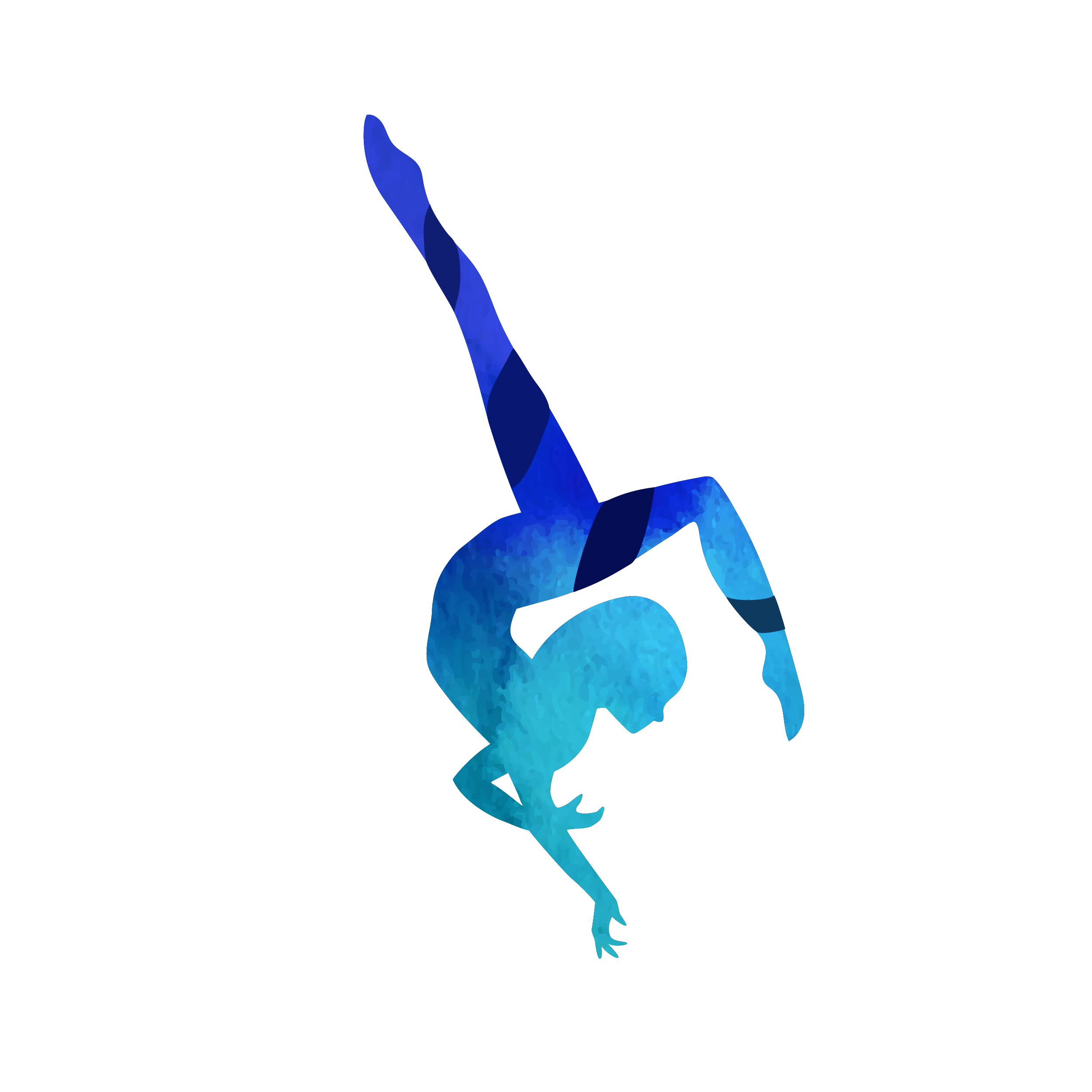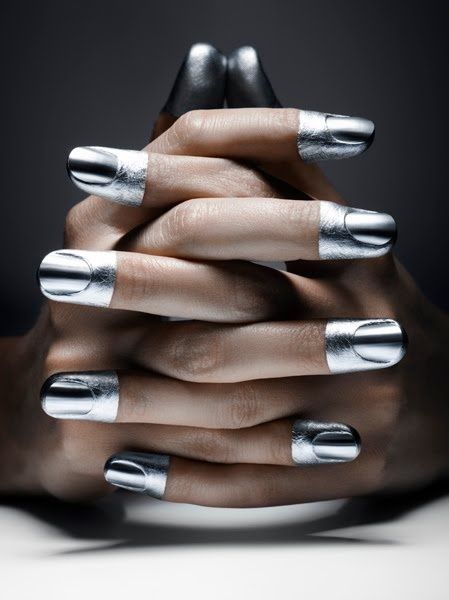My brother is really into bouldering and belay-based rock and wall climbing. The first time I went to the climbing gym with him, both of us thought that it would be a piece of cake for me because of my aerial training. I was overconfident and wow, was I humbled. Indoor climbing is famous for it’s irregular shaped hand holds and finger grips all strategically placed in the most inconvenient spots so that you have to reach or contort your position just to get a finger or two wrapped around a chalk-covered, annoying random shaped handle. My brother got a good laugh at me and spent the day calling me a wimp. My grip strength was useless 80% of the time because of the diverse shapes of the handles. My inner super competitive nerd kicked into high gear so I went home to read up on why on earth my precious aerial grip strength didn’t come to my aid while trying to one up my little brother.
It turns out there are many types of hand grips, all using a different combination of muscles functioning in various ways. The fancy word for hand grip is prehension, which is the action of grasping or seizing. For our purposes, the simplest explanation and perhaps the earliest often cited research is by the German Scientist G. Schlesinger who categorizes six different hand grips as Spherical, Cylindrical, Palmar, Tip, Lateral and Hook.
Training on silks, lyra, trapeze and most aerial apparatuses will train the Cylindrical grip. The bad news is that aerial training will not necessarily help me upstage my brother but the good news is that aerialists only need to focus on strengthening and maintaining the Cylindrical grip to enhance strength in the air.
Understanding Cylindrical Grip
There are six muscles that are relevant to a Cylindrical grip. Although studying hand anatomy pictures may be mind numbing, if we focus on these six muscles and their function verses the eighteen total muscles that are involved with moving the hand, it can simplify the concept for us.
The two forearm muscles (Flexor Digitorum Profundus & Flexor Digitorum Superficialis) powerfully flex the pinky, ring, middle & index fingers. The third forearm muscle (Flexor Pollicis Longus) allows the thumb to wrap around the fabric for a tighter grip. The three small hand muscles (Adductor Pollicis, Palmar Interossei and Abductor Digiti Minimi) provide the correct alignment and rotation to the equation.
Correct Grip Training
Every time I went to my masseuse, it was like a scene out of Star Trek where Spock cripples his adversary by using only ONE finger. As she worked on the meaty space between my thumb and index finger, I’m pretty sure I alarmed all of her neighbors with my shrieking. After years of silks and lyra training, the muscles on only one half of my hand were insanely tight and overtrained. I figured that it was just part of the deal of teaching ten classes a week plus my own training and class prep time. So I cringed through my body work sessions for years and chalked it up to my lifestyle.
Years later, I met Mike Tan, guru extraordinaire who is now my master teacher for everything bodywork. I brought up this pesky hand problem, he asked me to grip his finger. Once I did, he said one thing that changed my aerial life. “Kerry-san, you’re only using three of your fingers.”
Insert my mind being blown.
It turns out that I had been unevenly training my grip strength for years, which created a painful muscle imbalance that also didn’t allow for an increase in strength. He said, “you need to mindfully use your 4th and 5th finger when you’re in the air and do exercises to strengthen the palm of the hand and forearms.” I later learned that from a functional standpoint the last three digits and the second half of the palm create more grip force than the thumb and index finger, which were the two digits I was trying to use the most.
When you’re training on fabric, make sure that you are gripping with the palm and all of your fingers. If you’re not sure if you are or aren’t, then try this test. From standing, separate the fabric and take a regular thumb up grip. Hang from your hands with your knees bent and feet off the ground. Slightly loosen the index finger and the thumb and see if you can hold on. If not, you’ll know that you need to strengthen your palm and the other fingers.
Forearm Pain
You might be having an ah-ha moment as well if you really look at those forearm muscles and think about your own bulging ones. I don’t know one aerial student who doesn’t have tightness in their forearms. In fact, I regularly enjoy having my own Spock moment when I put a bit of pressure into this spot on aerialists. To continue training, we must maintain all of our aerial muscles and do our best to even the muscle imbalance equation that inevitably presents itself. Our job is to balance the equation with cross training, strength building, stretching and receiving body work. Get your forearms and hands worked on as well as the rest of your body.
I will not be upstaging my little brother at the bouldering gym anytime soon, but thankfully that experience led me understand our brand of grip training and the maintenance that is necessary. Knowing is half the battle!
There are three extrinsic hand muscles that provide the vast majority of power generated in the cylindrical grip. These are all long flexors in the anterior compartment of the forearm and are Flexor Digitorum Superficialis, Flexor Digitorum Profundus and Flexor Pollicis Longus. There are some intrinsic hand muscles that assist in the positioning of the digits through action on the metacarpophalangeal and some carpometacarpal joints. The positioning adopted gives the optimal power to the grip.”
www.thefunctionalanatomyofthehand.com (2016)
Even though I was humbled at the climbing gym, I’m so glad to have an experience to learn more about my muscular weaknesses. The key to fixing this specific aerial problem for myself started with understanding what muscles were involved and focusing on strengthening and maintaining only those muscles. Until the day I decide to follow in my brother’s foot steps and cross train in the bouldering gym, I’m happy to focus on my sport’s specific needs.

